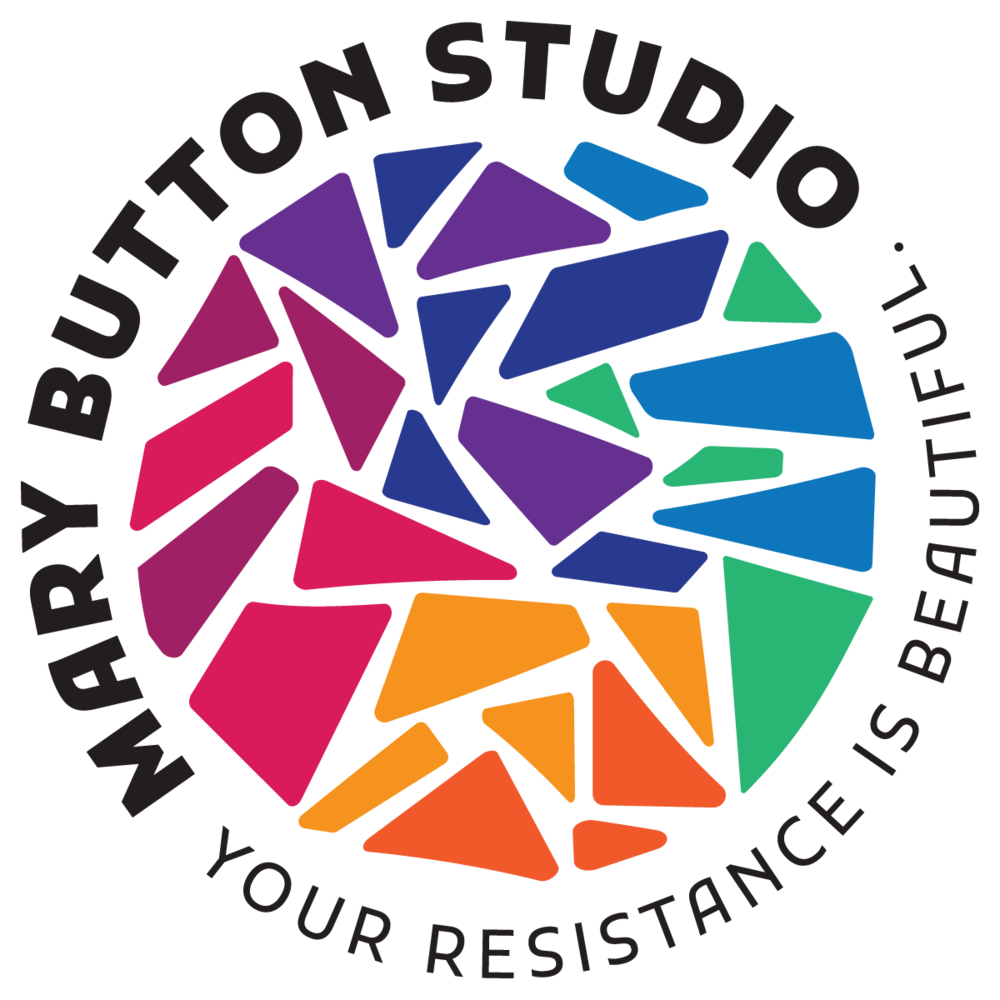Day 6
Each Stations of the Cross series that I’ve created is shaped by the series that came before it. The Stations of the Cross for Syria were shaped by the mistakes of the series that preceded it. The series that followed Stations of the Cross for Syria is called Stations of the Cross: The Struggle for LGBTQ+ Equality. The two series both explore the notion of time in similar ways. The Syria series depicted a recent history, drawing on news articles from the first year of the Syrian uprising and creating a chronology, matching news from Syria with moments in the Passion narrative. The Stations didn’t go on display until Holy Week at which time the events depicted in the artwork had just happened.
Jesus is laid in the tomb: March 30, 2012
Protesters took to the streets in mass in weekly Friday protests, with the largest occurring in Damascus and its suburbs, Hama, Homs, the Idlib province, Aleppo and the Daraa province. 55 protesters and civilians were killed by security forces across the country, primarily in Homs and Deir Ezzor
The following year I was approached by my good friend Alison Amyx about collaborating with Believe Out Loud on a Stations of the Cross project. Stations of the Cross for LGBTQ+ Equality is what came out of this collaboration. This project also creates a chronology matching moments in the Passion narrative with moments of lament and mourning in twentieth/twenty-first century queer history.
Station 2: Jesus carries his cross
1924: The first homosexual rights organization in America is founded by Henry Garber in Chicago – the Society for Human Rights. The group exists for a few months before disbanding under police pressure. The charter of the organization makes up the background of this station. [The series dealt primarily with U.S. history.]
Each station depicts moments in queer history and the end goal was for the work to go on display at The Church of the Resurrection in Washington, D.C. during Holy Week in 2013. The United States Supreme Court was hearing oral arguments that week on the constitutionality of the Defense of Marriage Act and faith-based activists gathered at the church in the morning before demonstrating outside the court. It was a strange and humbling experience to engage with the very painful historical event depicted in the series while preparing for the work itself to be a part of another historical moment.
In some ways this project felt like a return to my college-self. I interned at Visual AIDS for the Arts while I was a student at New York University and wrote my senior thesis on the work of Gran Fury. I was deeply involved with AIDS activism in my early twenties and it was that work that first brought me into the ecumenical movement.
Station 10: Jesus is stripped of his garments
1981: The first official documentation of GRID (Gay Related Infectious Disease, later renamed AIDS) was published by Centers for Disease Control and Prevention. The images in this station are ones that illustrate the HIV virus.
I’ll be sharing some more from Stations of the Cross for LGBTQ+ Equality tomorrow along with some reflections on the way that this particular series has aged as our understanding of and language around gender, sexuality, and identity has evolved in the last decade.



